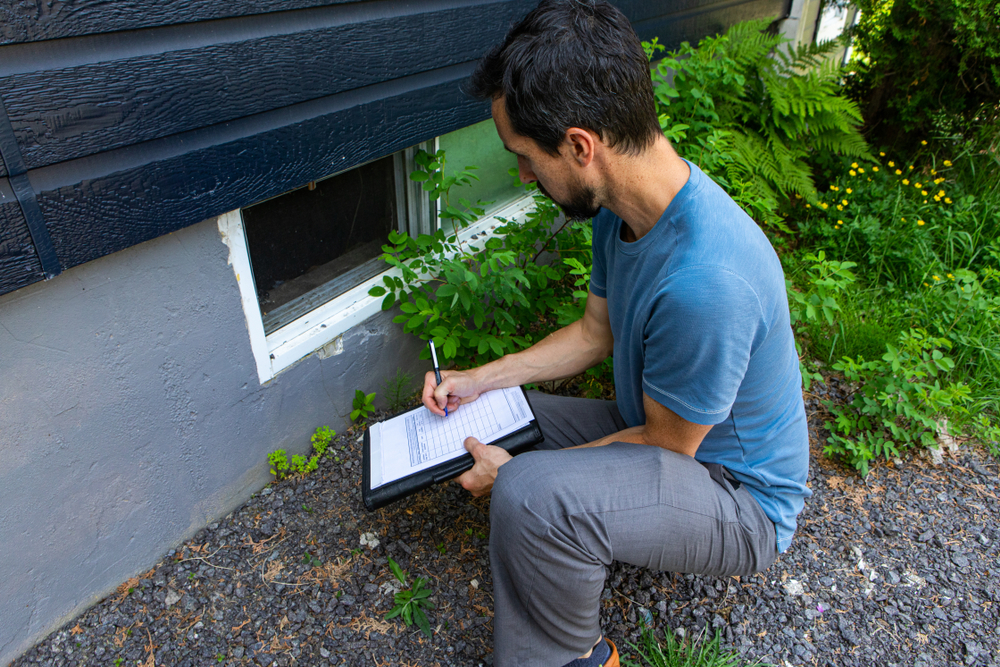Florida Flood Season: Best Tips on Protecting Your Home

Florida Flood Season: Bracing for the Tide
In Florida, the arrival of the flood season brings a unique set of challenges for homeowners. Understanding the risks associated with the Florida flood season is crucial in safeguarding your home and family. In this comprehensive guide, we delve into the essential measures you can take to mitigate these risks.
The Rising Threat: Understanding Florida’s Flood Season
Florida’s geographical location makes it prone to heavy rains and hurricanes, leading to significant flooding risks. The flood season, typically lasting from June to November, coincides with the hurricane season, compounding the threat. Understanding these patterns is key to preparing effectively.

Assessing Vulnerability: How Floods Affect Your Home
Flooding can compromise the structural integrity of your home, lead to mold growth, and damage electrical systems. Assessing your home’s vulnerability is vital, considering factors like location, elevation, and previous flood history.
Preparation is Key: Steps to Protect Your Home
- Flood-proofing Your Home: Implementing measures like sealing basements, installing sump pumps, and using flood-resistant materials can significantly reduce flood damage.
- Landscaping Wisely: Proper landscaping can aid in water drainage, reducing the risk of water pooling around your home.
- Emergency Preparedness: Having an emergency kit, knowing evacuation routes, and preparing a family emergency plan are crucial steps.

Insurance and Coverage: Navigating Flood Insurance
Understanding your insurance coverage is crucial. Standard homeowner’s insurance does not typically cover flood damage, making it essential to consider additional flood insurance, especially in high-risk areas.

After the Flood: Recovery and Mold Prevention
Post-flood recovery involves assessing damage, initiating repairs, and preventing mold growth. Quick action is necessary to prevent long-term damage. Professional services like ETA Mold can provide expert mold assessment and remediation assistance.

Staying Informed: Resources and Official Guidance
Staying informed through official channels, like the National Weather Service and local government advisories, is vital for real-time updates during the flood season. Websites like FloodSmart.gov provide valuable information on flood risks and insurance.

Building Resilience Against the Flood
By understanding and preparing for the Florida flood season, homeowners can significantly reduce the risks and impacts of flooding. Proactive measures and informed decisions are key to safeguarding your home and family during these challenging times.










